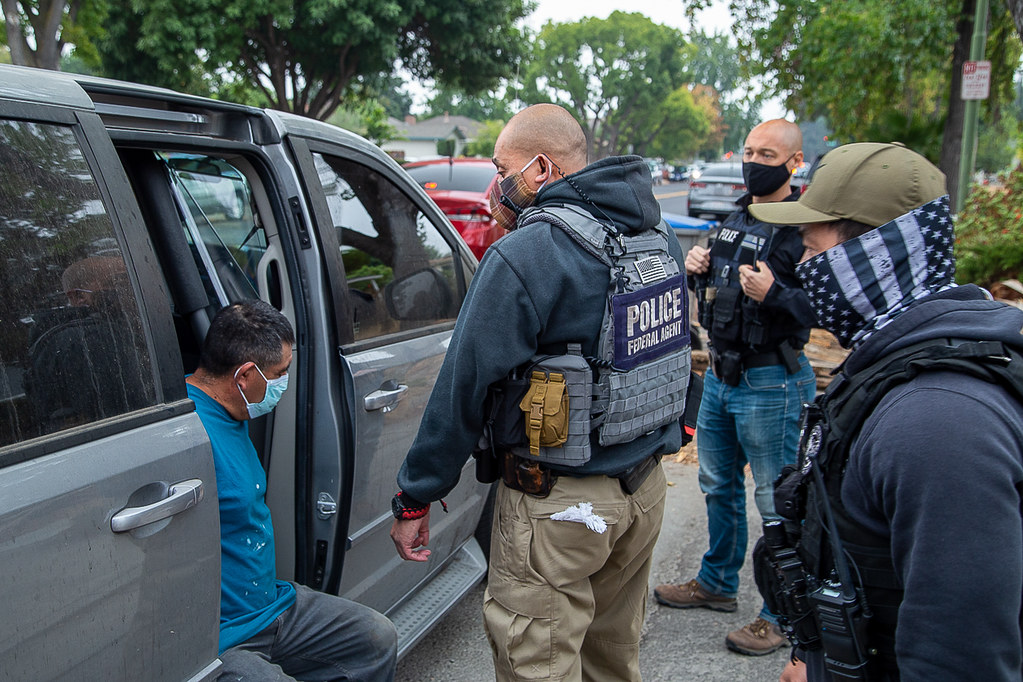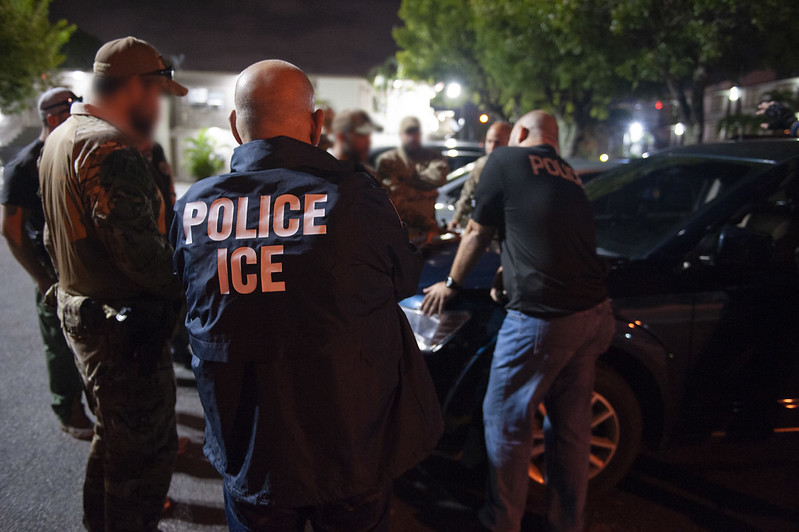 Lawrence Harmon
Opinion for Boston Globe
Lawrence Harmon
Opinion for Boston Globe
The Boston office of the FBI clammed up when asked if its agents were at the controls of low-flying aircraft making continuous loops over Quincy and abutting communities during all hours of the day and night in recent weeks. But short of towing a colorful banner declaring “FBI Surveillance Operation’’ behind the propeller-driven Cessna aircraft, the answer is pretty obvious. Less obvious is why the FBI has so much trouble deciding what information it can share without compromising its investigations.
After the terrorist attacks of Sept. 11, 2001, the FBI turned increasingly to small aircraft to augment its surveillance capabilities. This is not a state secret. The press has reported that every FBI field office has the capability to launch civilian-style planes equipped with infrared devices and bugging equipment. The FBI’s eyes — and ears — in the sky are used in both counterterrorism and more traditional law enforcement operations, such as drug investigations.
A simple acknowledgment from the FBI that it is engaged in a surveillance operation — if that is indeed the case — would clear the air. Yet wringing such admissions from the FBI has been like getting a compulsive hoarder to give up the floor-to-ceiling stacks of moldy magazines that litter the apartment.
To read more click here.





